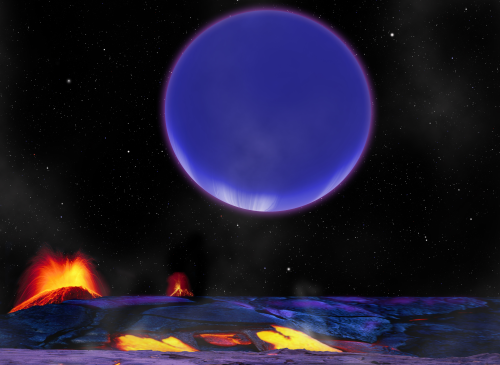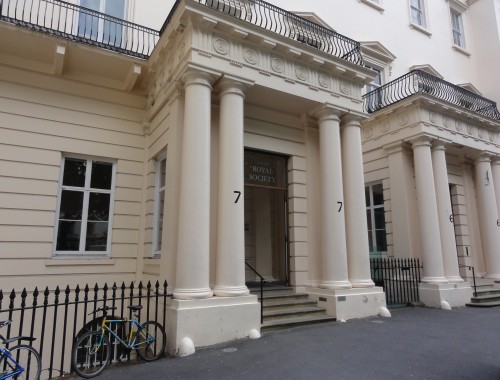Tag archives: Maxwell’s equations
Twin alien civilizations, the ancient genetics of cancer, and marvellous Maxwell and his wonderful equations

It’s raining life: could two nearby planets exchange living organisms? An artist’s impression of one planet in the Kepler 36 system as seen by its neighbour.
(Courtesy: Harvard-Smithsonian Center for Astrophysics/David Aguilar)
By Hamish Johnston and James Dacey
There is an intriguing article about alien life this week in The Conversation. “Twin civilizations? How life on an exoplanet could spread to its neighbour” is by David Rothery of the Open University and is a popular account of a paper that will soon be published in the Astrophysical Journal. The paper is inspired by the star Kepler 36, which has two planets that are in very close proximity to each other. While the Kepler 36 worlds are not suitable for life, the paper’s authors – Jason Steffen and Gongjie Li – explore possible exchanges of life between two Earth-like planets in similarly close orbits. Rothery explains that debris flung off one of the planets would stand a good chance of finding its way to the surface of the other planet after a relatively brief journey through space.
A great day out in celebration of Maxwell’s equations

Pillars of light: this week’s meeting at the Royal Society focused on how Maxwell’s equations illuminate physics. (CC BY-SA 3.0 Tom Morris)
By Hamish Johnston
Earlier this week I caught the 6.30 a.m. train from Bristol to London to attend the second day of “Unifying physics and technology in light of Maxwell’s equations” at the Royal Society. It was a particularly damp and gloomy morning as I emerged from Piccadilly Circus station and tramped through St James, my sights set on the Duke of York pillar next to the Royal Society in Carlton House Terrace.
It seemed like the perfect morning to be thankful for the light described by James Clerk Maxwell’s equations, and to ponder how they have since illuminated many shadowy corners of physics.
The meeting was organized by three physicists at nearby King’s College London: biophysicist and nanotechnologist Anatoly Zayats; particle physicist John Ellis and condensed-matter physicist Roy Pike. Already, you can see the breadth of physics covered at the meeting.
View all posts by this author | View this author's profile